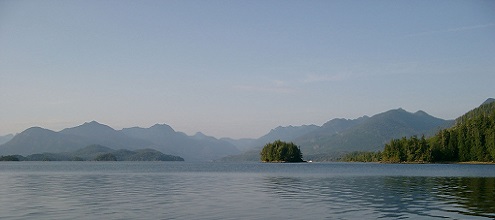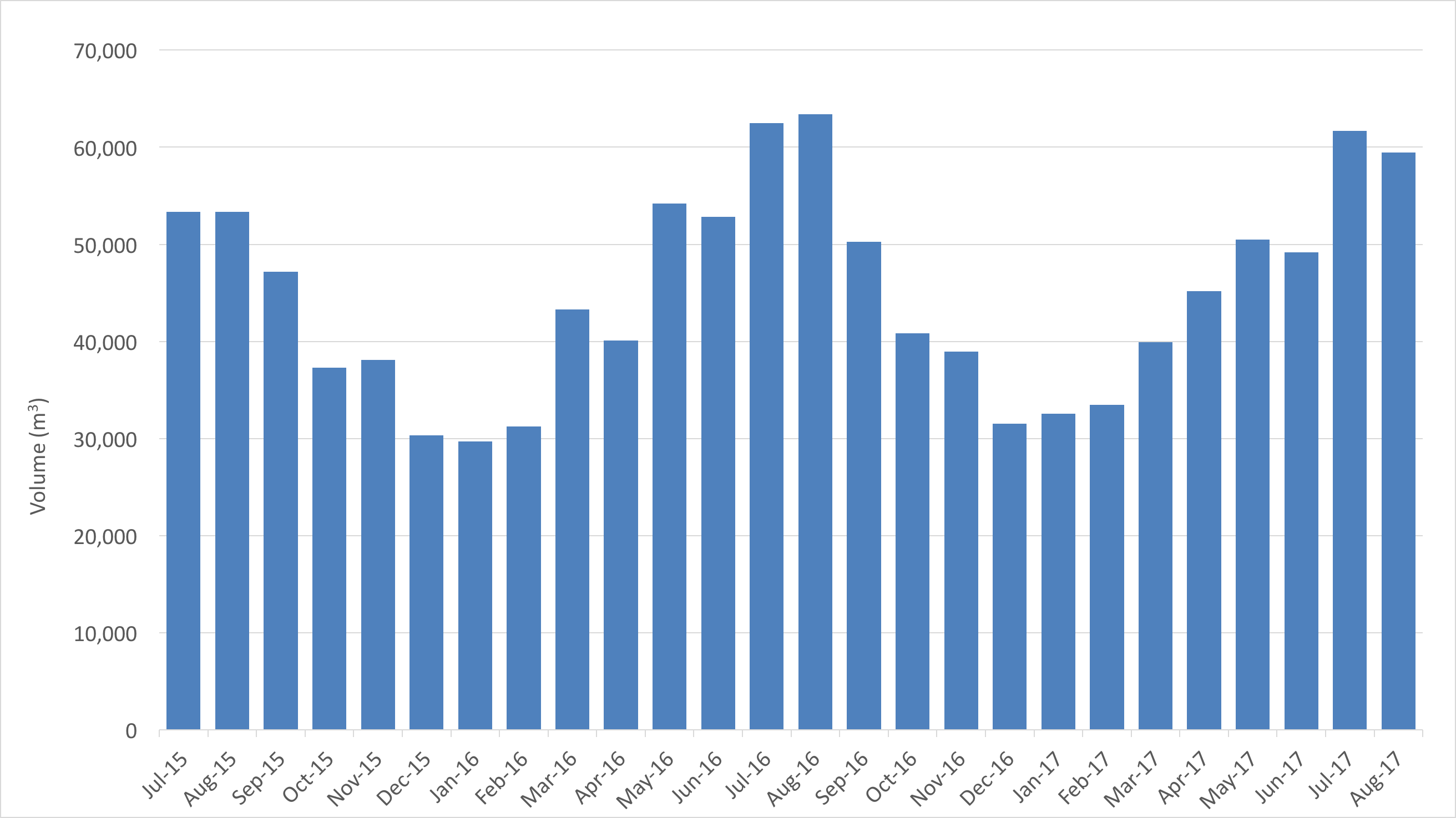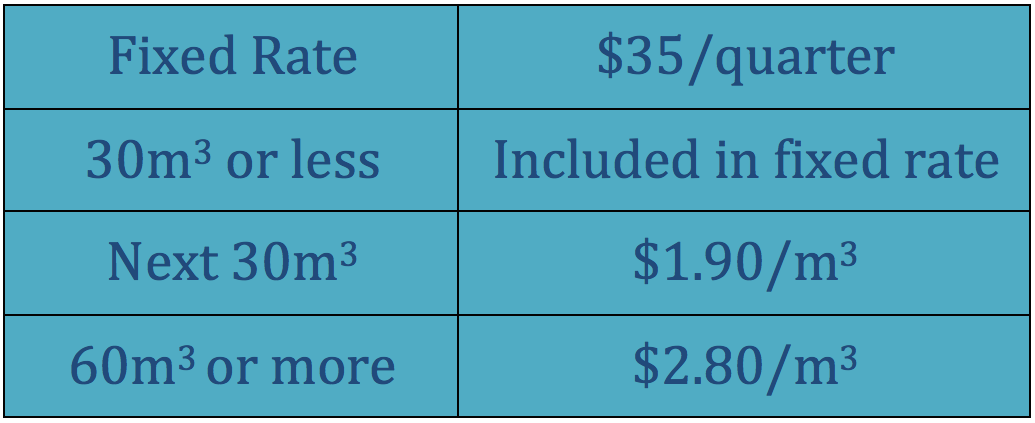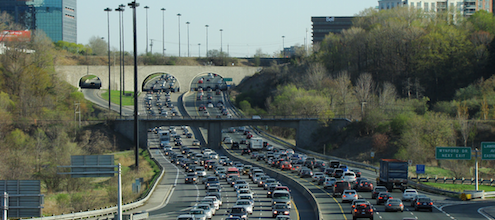
A Price for All Seasons: Tofino’s Journey to Water Security
Dry summers are the norm in British Columbia, especially of late. They can mean anything from forest fires to low crop yields to water scarcity. To prepare for the inevitability of future droughts, BC municipalities are taking innovative approaches to conserve their water. Today, as part of our new report that highlights 10 municipal best practices for water and wastewater, we’ll look at Tofino, a town of 2,000 that’s leading the way on best practice #7: tailoring rates to the local context.
Paradise… with a catch
Nestled in Vancouver Island’s temperate rainforest, the District of Tofino is a famed resort town known for its scenery, surfing, and seafood. Despite its location, water is often scarce. Thanks to a blossoming hospitality industry, Tofino’s population doubles during the dry summer months, which strains its limited water resources.
Figure 1: Monthly water production in Tofino
Source: District of Tofino, Daily Water Flow Rates
The risk of water scarcity is an annual reality in Tofino, but a drought in 2006—one of the worst on record—became a catalyst for reform. The situation became so desperate that drinking water was trucked in to prevent businesses from shuttering. Tofino’s vulnerability to future water shortages was evident.
Since 2007, Tofino has steadily refined its water rate structure to improve conservation and close its infrastructure gap. The last three years have been quite dry, but Tofino has held the fort. No trucking in water, no states of emergency.
In the summertime, when the weather is hot… and dry
Perhaps the most unusual component of Tofino’s water and wastewater rates is its use of seasonal pricing. Rates increase for commercial and industrial users during summer months (when water demand is also higher) to better indicate scarcity and encourage conservation. In the winter months, when water is more abundant, rates are lower. Seasonal pricing is a rarity in Canada, but Vancouver is dipping a toe in as well.
In 2015, Tofino updated its seasonal pricing system, which had already been in use for over a decade. In 2015, they simplified. Non-residential users such as hotels and businesses now pay $1.80/m3 in the summer and $1.30/m3 in the winter, plus a fixed fee. Higher water prices reduce consumption, and research suggests this is particularly true for larger users.
At the same time, Tofino eliminated seasonal pricing for residential users in favour of simplified multi-rate structure. This includes an increasing block rate and a fixed fee. There are trade-offs with this approach. Prices don’t reflect seasonal availability for residents, but it helps to smooth out household expenses, keeps the price signal consistent year-round, and provides Tofino with greater revenue certainty.
Table 1: Residential Water Rates in Tofino*
*Wastewater rates use the same price structure at 90% of the rate
With twice as many residents during the summer, Tofino’s additional efforts to curb demand helped with day-to-day water security. With this new fiscal capacity, Tofino was (with the help of grants) able to build a new wastewater treatment facility in 2010 and strengthen its reservoir systems for additional insurance against future droughts.
Close to home
Water shortages in Tofino have become a chronic and prominent issue. Citizens have felt the effects firsthand and have come to understand the severity of its risks. The reforms in Tofino have increased the costs of water and wastewater services over time, but residents understood these to be necessary steps to preserve their water quality, quantity, and way of life. In a town with a large seasonal population, Tofino has armoured itself well.
Tofino’s size was a key factor in successfully communicating these challenges. When the town made changes to its system, residents understood their necessity. Small communities that struggle with drought or other risks to their water supplies could do well by taking a page from Tofino’s playbook.
Signal, stability, security
User fees, tailored to the local context, can help municipalities meet the numerous, seemingly competing objectives within their water and wastewater systems. Tofino has taken these principles to heart, steadily, gradually refining to how it charges for water and wastewater while keeping residents onside with the changes.
Seasonal pricing is just one tool in Tofino’s belt, but it is very useful for municipalities concerned with drought. The cost of storing, treating, delivering water can vary throughout the year. With seasonal pricing, municipalities can properly signal those costs. With its unique mix of user fees and strong public awareness, Tofino has made crises like 2006 a thing of the past.






Comments are closed.